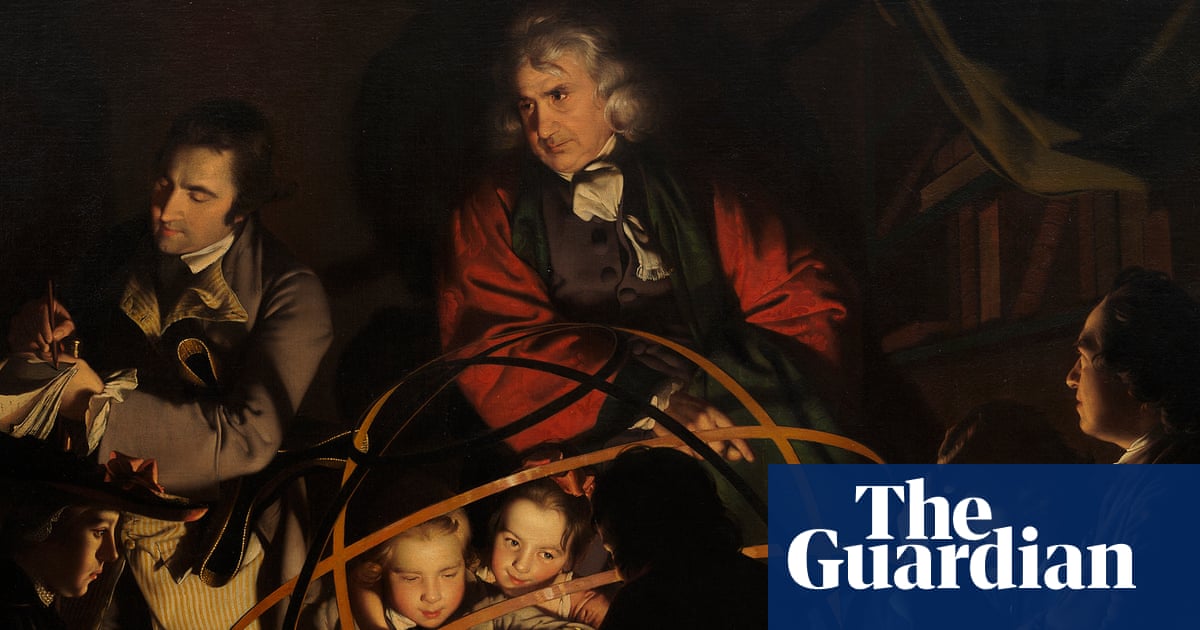In 1971, at the age of 48, the American photographer Diane Arbus killed herself. Someone should have seen the clues, for her photography is not so much tragic as utterly alienated from the human species. Here is a woman nursing her baby, a modern Madonna – except the woman’s limbs are as thin as an addict’s, her face wizened and the infant resting in her arms, dressed in baby clothes, is a monkey. Just to make clear that this is an absurd, miserable travesty of Madonnas and motherhood Arbus captioned it: “A woman with her baby monkey, NJ, 1971.” It is an utterly pitiable image of desperation, of someone trying to make sense of a life that can’t be made sense of. And the despair mirrors that of Arbus herself.
You might want to see her many images of gender-blurring positively. There’s a photograph called Transvestite at Her Birthday Party, NYC 1969: she lies on her bed laughing, double chinned and gap-toothed in a blond wig, in a shabby hotel room with balloons. But Arbus actually said how macabre and pathetic she found the occasion: “She called me up and said it was her birthday party and would I come and I said, ‘How terrific.’ It was a hotel on Broadway and 100th Street … I’ve been in some pretty awful places but the lobby was really like hades.” The elevator was broken so Arbus walked up to the fourth floor. “You had to step over about three or four people every flight. And then I came into her room. The birthday party was me and her, a whore friend of hers and her pimp, and the cake.”

It wasn’t that Arbus did not like or admire her friend. But she saw how impoverished and lonely her life was and ruthlessly photographed that sad truth as she saw it, not her little moments of victory. Arbus portrayed her as a freak because she saw everyone that interested her as a freak (a word she used). There’s even a portrait of a baby here that manages to be pessimistic and hopeless, seeing a fleshy mess of potential flaws in that unformed face – a born freak.
When Arbus was catapulted to artistic stardom by a posthumous exhibition at New York’s Museum of Modern Art in 1972, the cultural critic Susan Sontag took exception. She wrote a brilliant essay condemning Arbus for dwelling on misery and ugliness, rejecting her work as anti-humanist. Sontag was right about the morality of these photographs. But I don’t agree that art has to be humane. It just has to have a strong, memorable vision. If Arbus is a bad artist so are Francis Bacon, Andy Warhol, Lucian Freud and Velázquez, all of whom share her disenchanted eye. To be a horrible, mean, depressive person and communicate that in your art is not failure – if the art is as haunting and unforgettable as that of Arbus.
The scary reason she is so good is because her eye is true. As it happens, I have met two of the people in this show and see their real faces in memory from her shots. Norman Mailer I spoke to in an awful first term at university when I blundered into an after-event gathering: I can’t remember what we talked about but I remember how kind he was. He twinkles for Arbus, too. As for Gerard Malanga, whom I met much later, she captures the sultry splendour of the Velvet Underground’s whip dancer in his youthful glory. I believe these pictures.

Arbus can see beauty. She finds no flaw in Marcello Mastroianni resting on his bed in a hotel room. Nor does her near-naked Mia Farrow look anything but immaculate. But these are not her best work – they are celebrity pics that a thousand snappers could take. It’s when Arbus photographs the rest of us, the ones the camera does not love, that she can do what very few photographers achieve and reveal a personal vision of life, albeit a grotesquely bleak one.
Behold the little man in the arms of his tall dominatrix, embracing perhaps the only person who brings happiness into his life, when she cracks the whip and cures his heart. Feast your eyes on the nudist family, with a teenaged daughter obliged to share her parent’s lifestyle. And there’s age, of course. The cruellest photographs here are of wealthy old widows, evidently sought out by Arbus as keenly as the nudists. She homes in on dry mummified skin under the jewellery. Mrs T Charlton Henry, portrayed in 1965, looks literally dead as she sits in a dress with a skeletal wrist and hand on her armchair. I dare you to find a positive in that.
Arbus did have a sensual eye for beauty, but it is ugliness she finds all around her, and it scratches at her soul. She sees every blemish, every bad haircut and decaying face. She sees the monkey’s little hand touching its “mother” in a final gut-wrenching detail of twisted love. What a monster, what a genius.

 2 hours ago
10
2 hours ago
10

















































